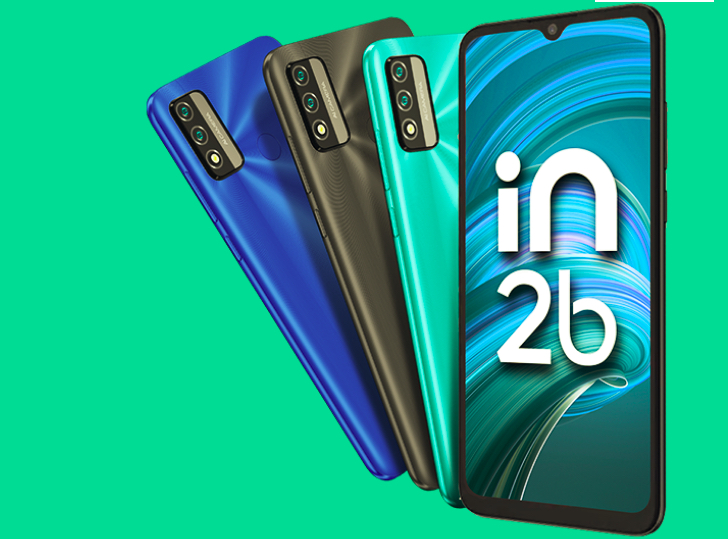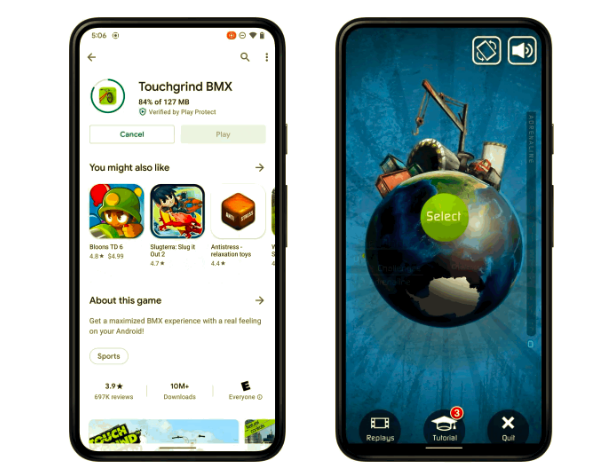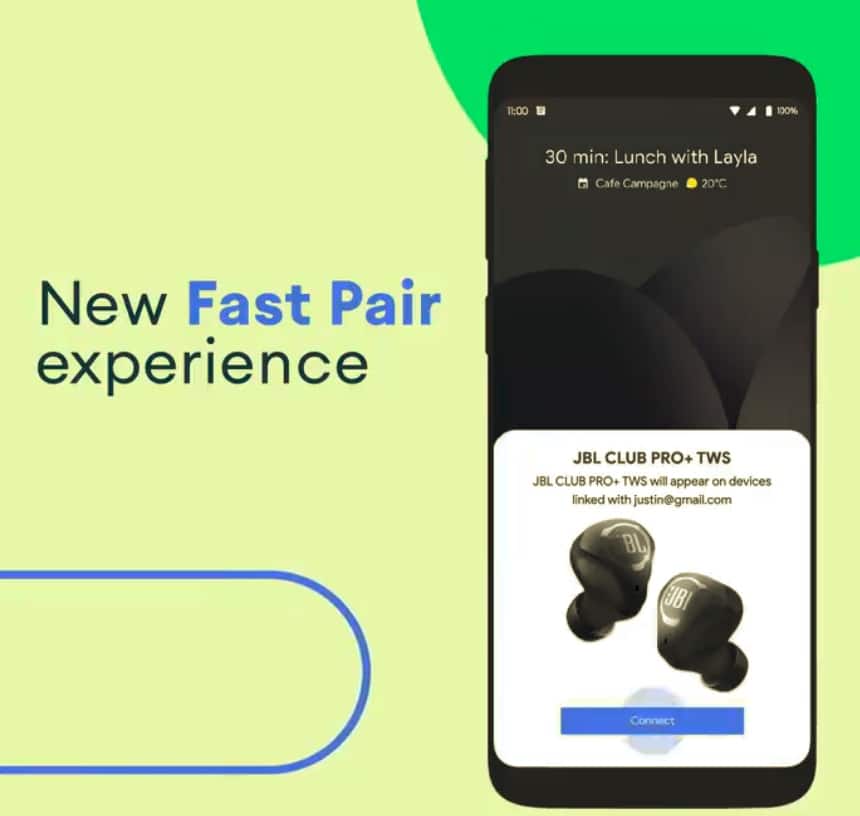With hundreds of smartphones running Android right now (at least), picking a top 10 was never going to be easy. But you won’t believe the devices that didn’t make the cut – the latest Nexus 5X, the HTC One (M9), to name but two. Also not here are announced devices that we haven’t played with yet – the extremely interesting Moto X Force, the LG V10 and the OnePlus X might otherwise all be contenders. Also absent from the top 10 are any of the multitude of Chinese designs (including Xiaomi) flooding the East and sub-continent – most simply never appear in Europe and the West in any quantity – and we don’t apologise for only picking smartphones that we can personally vouch for in one way or another.
[This article features contributions from Rajesh Pandey]As to criteria for the top 10, it’s raw functionality, it’s style and a solid build, it’s well supported software, it’s flexibility and, to an extent, value. Though I haven’t let money intrude too far – after all, just about any Android flagship will be £200 cheaper a year (and sometimes even six months) down the road, so if something’s too expensive then you’ve only got to be patient!
In traditional, suspense-preserving fashion, I’ll introduce the phones in reverse order.
10. Samsung Galaxy Note 4
Starting with the Samsung Galaxy Note 4, by some way the oldest smartphone in the top 10 but here with very good reason. You see, it’s the last of the ‘classic’ Galaxy Note line to feature the flexibility that oh so many geeks crave: top specs all round yet with swappable battery and microSD expansion. With a device like a Note, it’s a professional tool that needs to keep you going through thick and thin and I’ve lost count of the number of owners (including me) of Note II, 3 and 4 devices who have multiple batteries to swap in on a long and hard day out. Yes, the industry does seem to be swaying towards sealed devices, but plug-in emergency chargers, however good, can’t match going from 0% to 100% in 30 seconds by slamming in another battery, produced from a pocket.

Read: Samsung Galaxy Note 4 review
Away from the flexibility angle, the Note 4 ushered in the era of QHD screen resolution, 3GB of RAM, OIS and 4K video capture on a phone, specifications which have since become more common. With the improved stylus too, the Note 4 had the lot in terms of geek checklists. Heck, you can even clip on a Qi-charging back to add this as well. A stunning device that, unusually in the Android world, keeps its value second hand.
9. Huawei Honor 7
One of the few handsets to make it into my top 10 with an eye on value, the Honor 7 stuns with specifications and style as well. The aluminium chassis, styling, the crispness of the 1080p screen (a great spec choice that helps in battery life), the fast chipset and 3GB of RAM, the 20MP camera that is better than it has any right to be, the lightning fast fingerprint scanner and combined trackpad on the back.

Read: Huawei Honor 7 review
Put in a whopping 3100mAh battery and, unsurprisingly, the Honor 7 delivers a couple of days use on a charge. Given the performance and functionality, that this comes in at half the average price of most handsets on this list is somewhat remarkable. The only possible downside is the use of Huawei’s app drawer-less Emotion UI – but hey, I rather like this simplified approach. A worthy top 10 inhabitant.
Buy: Huawei Honor 7
8. Sony Xperia Z5 Compact
Sony has taken its time to iterate on its internals, in terms of chipsets, components, and waterproofing strategy over the last three years, but it got there in the end. There’s a strong chassis, no flaps over headphone jack or microUSB ports, sculpted corners, a ‘genius’ fingerprint scanner in the side power button, and a 23MP camera that at last works pretty well and with some intelligence.

Most of all, Sony is almost unique in offering something powerful in a small form factor – the Compact is diminutive by today’s standards, with only a 4.6” screen. And you lose some of that to virtual controls. In fact, it’s all slightly fiddly, but it would be churlish to complain because at least Sony’s giving us the form factor option. Yet with a full Snapdragon 810 chipset – and 2GB of RAM and a 720p screen are absolutely fine at this size. In fact, it helps keep battery life great – with Sony’s OS tweaks on board too, you can last two full days per charge, all without making an unsightly bulge in your pocket.
7. Samsung Galaxy S6
Love ‘em or hate ‘em, you can’t ignore the Samsung Galaxy range, and the S6 (and its ‘edge’ variant, also referred to below) represented a reboot from the horrendously plasticky (remember the elastoplast back?) Galaxy S5 – a very decent phone in a $10 plastic chassis. That Samsung decided to jettison the replaceable battery and expandable storage as part of the reboot is unfortunate (the latter will probably reappear for the S7 next year), but on the bright side we’re now talking a sleek, iPhone-style metal unibody design that absolutely looks the part in 2015.
Coming along for the ride is a stunningly good camera, with OIS as in the Note 4 above, but further refined. Allied to the QHD AMOLED screen, the S6 is something of an imaging powerhouse. Touchwiz remains a little annoying, but many of its features are genuinely useful (e.g. hiding applications in the app drawer that you don’t use) and at least some of the Samsung bloat is now avoidable.

Read: Samsung Galaxy S6 review
Better still, the fingerprint scanner now works properly, unlike the travesty on the ‘5’, there’s full Qi and PMA wireless charging, plus the price of the S6 has dropped dramatically since launch – it won’t get much cheaper than it is now and represents good value.
Buy: Samsung Galaxy S6
6. Moto X Style/Pure Edition
Motorola started nailing ‘the Android smartphone’ a couple of years ago with the original ‘X’ and the budget ‘G’ variants – strong chassis, curved back to allow for maximum battery capacity, and, here on the Style/Pure Edition (the name depends on market!), front-mounted stereo speakers too. It’s a distinctive design, and backed up a decent (if not world leading) camera, great reception, innovative ‘ambient’ display (since copied by Google itself) and various voice and gesture aids. And all at mid-range prices, making the range always worth considering, from the bottom end ‘E’ up to the top end ‘X’. And you’ll see an echo of it in the number 3 spot in this feature, below.

If there’s a complaint, it’s that Motorola hasn’t been paying attention to industry trends, with no fingerprint scanner, no OIS in the camera and no Qi charging, for example. Motorola, now owned by Lenovo, needs more than another year of treading water if it wants to still be top 10 material in the flagship stakes next Christmas.
5. Samsung Galaxy S6 edge+
There’s a real ‘wow’ factor to Samsung’s Galaxy edge (and yes, the lowercase ‘e’ is official!) designs – held in the hand and, especially, photographed artily in dim rooms(!), they’re stunning. In daily use, the phone’s essentially identical to the Galaxy S6 above, of course, and many of the same pros and cons apply, except that this is prettier.
And larger, in that I’ve plumped for the newer ‘edge+’ – it was against the rules to have both size variants of the same exact phone and if you’re going to go all weird and have a curved front and flat back then why not go all out in terms of form factor? The edge+ has a 5.7” screen, putting it firmly in the ‘phablet’ category, yet without a stylus. But you don’t need one, so again…. why not?

Camera, processor, screen resolution, charging options, everything follows the established Galaxy S6 pattern – the only departure is the welcome addition of an extra Gigabyte of RAM – Samsung’s TouchWiz on QHD-screened devices has been shown to run low on a regular basis. So top of the line all round – and also top dollar to acquire – but then you knew this already, right?
4. Sony Xperia Z5
What was that about not allowing two size variants of the same thing into this top 10? Actually, the Z5 range bends this rule because there are several important step changes in specifications to go along with the size. The Z5 Compact above is very much a shrunken Z5 – this is the real thing, the result of three years of design iteration and – here – with a full 5.2” 1080p screen and, crucially, 3GB of RAM.

The other internals, plus the stereo speakers, ‘supersampling’ camera and an excellent side fingerprint scanner are the same, but the more standard size and spec (for late 2015) mean that the Z5 is a much more complete package. I’d quibble over the lack of Qi charging, but then the Z5 (and indeed almost everything else on this page) supports Qualcomm’s Quick Charge 2.0, so it’s certainly not a deal breaker.
The light nature of Sony’s skin over Android, the terrific power saving options, the relative imperviousness to dust and water, all make the Z5 a very good choice.
3. LG G4
There’s an argument to be made that the LG G4 is burdened with a heavy proprietary skin, that there’s too much plastic, that it’s too expensive (it’s not anymore, 6 months down the road, though), that the control buttons are in the wrong place (on the back, though you do get used to them), that it’s… LG. But the company has been coming good in recent years and the G4 marked the point where the technology being shoehorned in was too impressive to ignore.

LG was one of the companies championing QHD resolution screens and in the G4 it also championed a whole new degree of expertise in imaging, with detail even in low light that’s outstanding, thanks to next-gen OIS, laser auto-focus, a dedicated ‘colour spectrum sensor’ and a relatively huge F/1.8 aperture. Even six months after launch, the competition haven’t caught up – if smartphone photography is your thing then look no further.

Read: LG G4 review
Overall specifications are terrific too, with a perfectly pitched Snapdragon 808 (no overheating) and 3GB of RAM, plus the real unique selling points in the 2015 smartphone flagship canon – replaceable battery and microSD expansion – this is the flexible phone that Samsung owners of the past might want to gravitate to. That the back covers come in a variety of textures (including real leather) adds extra interest to an already compelling smartphone.
Buy: LG G4
2. Google Nexus 6P

The Nexus 6P is the most ‘premium’ Nexus ever from Google. After years of releasing sub-par Nexus handsets, Google seems to have finally nailed it with the Huawei-made Nexus 6P this year. The aero grade aluminium chassis of the handset can rival the likes of the Samsung Galaxy S6 edge and the iPhone 6s, though if bend test videos are to be believed, its reliability is questionable.
The rear Nexus Imprint scanner and the front facing stereo speakers are two other key features of the 6P that you won’t find in most other smartphones on the market right now. Add in the excellent 12.3MP rear shooter with 1.5 micron pixels, Android 6.0 Marshmallow, the promise of getting quick and speedy updates and a price tag of $500 [Rajesh’s price, it’s overpriced here in the UK! – Steve], and the Nexus 6P easily qualifies in terms of performance and even value.
1. Samsung Galaxy Note 5
The Note 5 is an odd beast, but tremendously high end, as you’d expect from the original phablet range, which Samsung uses to test and showcase its latest technology. And yes, that still includes an intelligent stylus, here better than ever. The 5.7” QHD AMOLED screen is stunning, the Exynos processor and 4GB of RAM produce super performance, the camera’s even better than that in the Galaxy S6 range mentioned above (though not quite up to the G4’s level), the build is all metal and glass – and most definitely premium. Sculpted curves around the sides (on the back) make the phone easier to hold than previous Galaxy Notes.

The catch, as widely publicised, is that the traditional Note replaceable battery and expansion card support is… gone. With the goal of the reboot of the Note series as having premium design – hey it even comes, as shown here, in an iPhone-esque ‘pink gold’! This is an issue for hardcore Note fans, but then they can stick to the Note 4, mentioned above, and have almost as stellar an experience, so perhaps everyone wins in the end.
There’s little point in rattling through more specifications, since the Note 5 has the lot, right down to Qi or PMA wireless charging, depending on market. And it’s the market itself which is limiting the Note 5 right now, since it’s not officially available in large chunks of the world, including the UK where your humble writer lives. If there was going to be an ultra-premium, glossy, number 1 to top off this list then the Note 5 is it, on almost every front.
Agree/disagree with our list? Drop in a comment below and let us know!



















